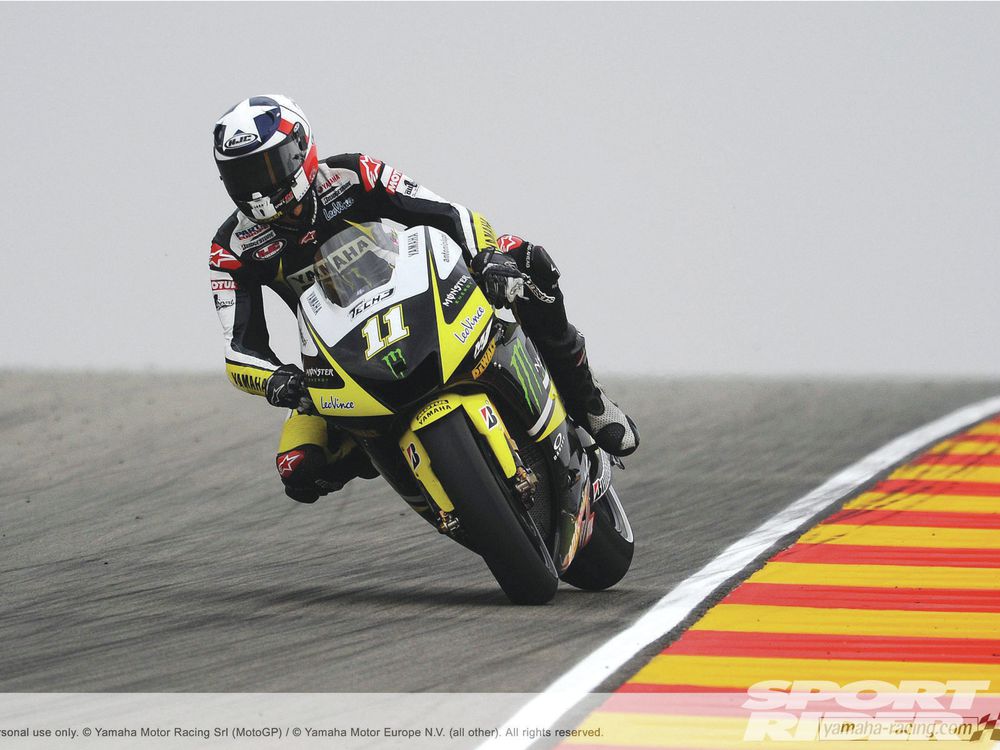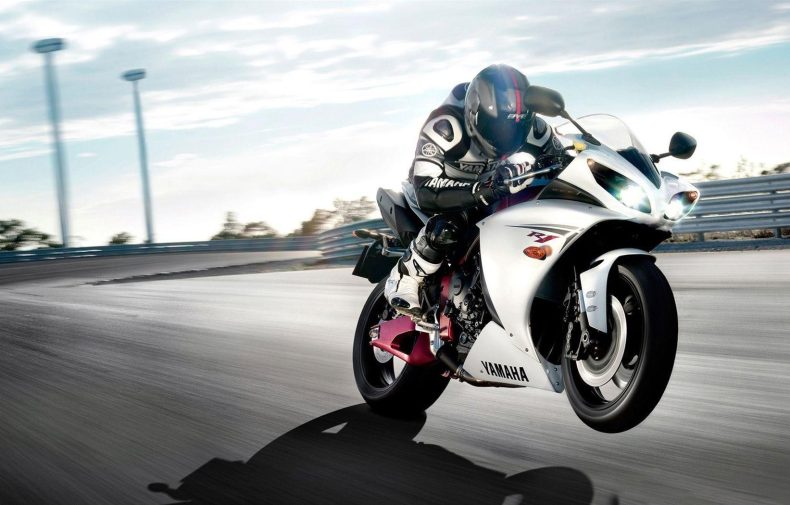
Working with your subconscious
In order to change direction or initiate a turn on a motorcycle, the rider must provide certain inputs to the bike. These inputs can come from a number of methods, but the most common of those is countersteering. And while countersteering may seem like a complex concept, it is really a basic skill; so basic, in fact, that it is usually done subconsciously.
In simple terms, countersteering is the method of initiating a turn by a small, momentary turn of the front wheelusually via the handlebarsin the opposite direction. In all cases, it is used to change the lean angle of the bike, either from side to side or from straight up to full lean in one direction.
Most riders are introduced to the concept in the basic MSF course, which teaches students to push left, go left. By pushing the left handlebar, you will cause the bike to momentarily arc slightly to the rightthe movement may even be tiny enough to be virtually unnoticeablebut nonetheless the initial turn of the bike is to the right. Centrifugal force from this turn, however, will force the bike to tip over and lean to the leftinitiating a left-hand turn.
The reason MSF courses include counter-steering into their basic course curriculum is because it is the most direct connection between your input and turning. In many instances, the skill can not only make you a better rider, but a safer one as wellthe MSF’s intention exactly.
How to practice counter-steering
The best way to practice countersteering is to find a quiet, open stretch of road and begin to test the concept. You need to be going at least 20 mph for countersteering to work effectively, but you do not need to be traveling at a high rate of speed to feel the effects. Start off at a medium, comfortable pace and leave yourself plenty of room to either side of the road. As you continue down the road at a steady speed, lightly push one handlebar forward, and as you do, pay attention to what direction the bike goes. As you get more comfortable with the sensation, try pushing with the other handlebar and with different amounts of force. Becoming more and more conscious of how the bike reacts to your inputs will allow you to use countersteering more successfully.
If pushing the bar gives you an unnerving sensation, you can also try pulling one handlebar. Doing so will have the same effect as pushing the opposite bar and will have you leaning in the desired direction. Experiment with various speeds and levels of force until you are comfortable with how your bike reacts when you push or pull on the handlebar.
On the street, consciously using countersteering will allow you to turn and make lane changes quicker without having to use every muscle in your body, as body steering might. Also, using countersteering on the street will allow you to avoid road hazards at a moment’s notice. In these instances, you will need to first push on one bar, then on the other to effectively swerve around the obstacle. This technique is also one that should be practiced so that it can be applied safely. Just as they teach in the MSF courses, you can practice by setting up a row of cones in an open parking lot and pushing on the handlebars accordingly to effectively swerve around the cones.

On the racetrack, consciously using countersteering allows you to change direction (for instance in S-turns) faster and will allow for quicker corner entry. It is important to remember that at higher speeds, more force is needed to effectively countersteer a motorcycle and so at racetrack speeds, you may need to apply more force to the handlebars to initiate a turn. At a professional level, racers have been known to use so much force when countersteering that there have often been cases of riders moving, bending or even breaking clip-ons.
Countersteering does not have to be used primarily for corner entry though; it can be subtly and lightly applied in the middle and exit of a corner as well. In the middle of a corner, for instance, slightly pushing on the inside bar will allow you to make small corrections that will enable you to better hold your line. And by pushing on the outside bar as you exit a corner, you will be able to stand the bike up quicker, a move that will allow you to roll on the throttle sooner.
Used consciously, countersteering can be very advantageous on both the street and track. With practice, you will continue to find uses that will help you ride quicker on the track, and safer on the street.



